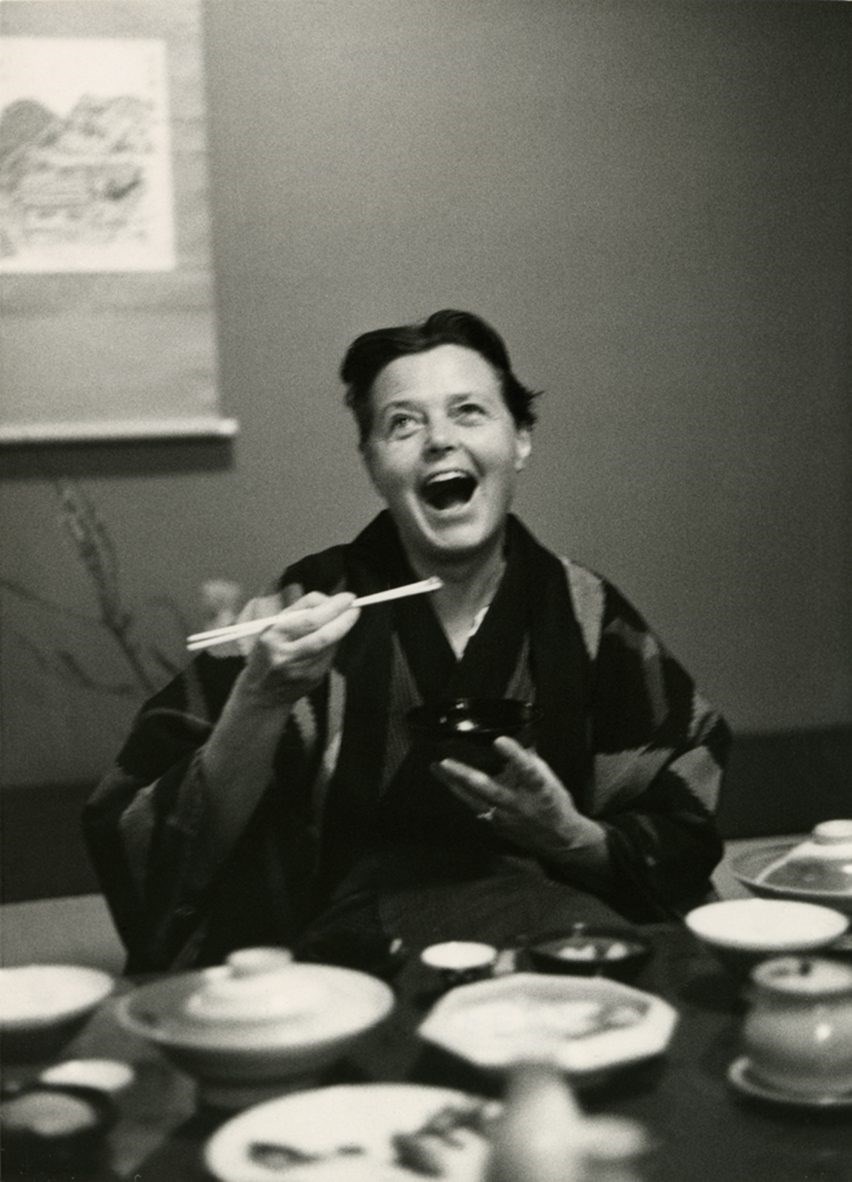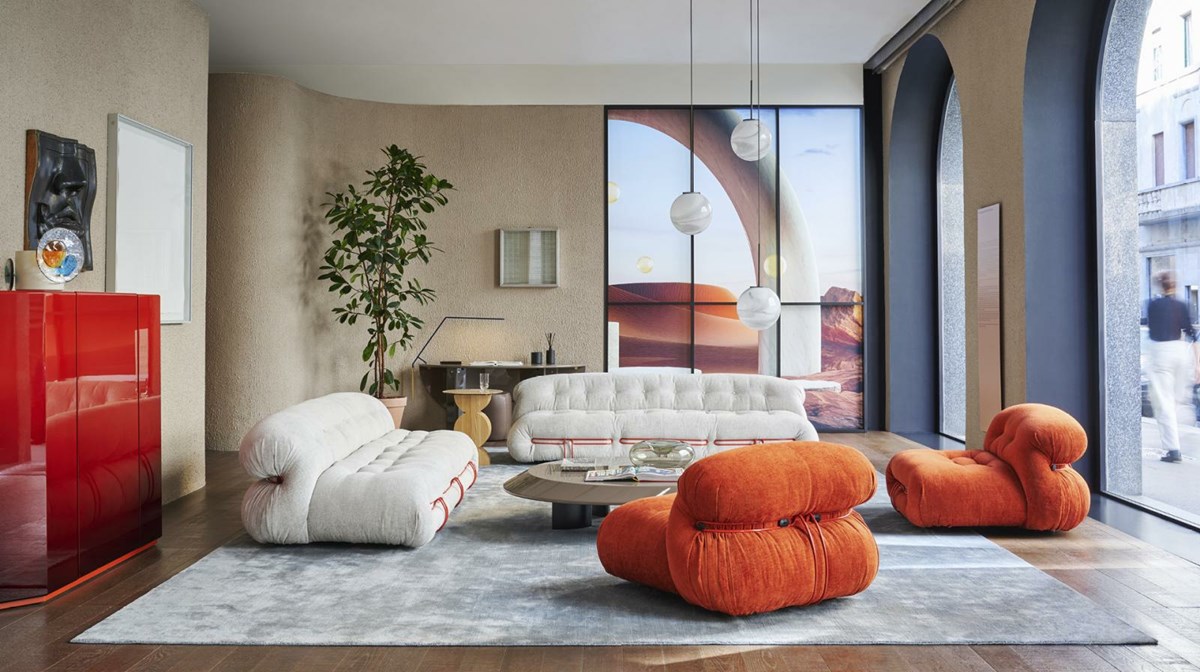6 Table Tube D’avion
- Designer:
- Le Corbusier, Pierre Jeanneret, Charlotte Perriand
- Brand:
- Cassina
We don't appear to have any products related to your search term. Please try again.
Shipping and discount codes are added at checkout.
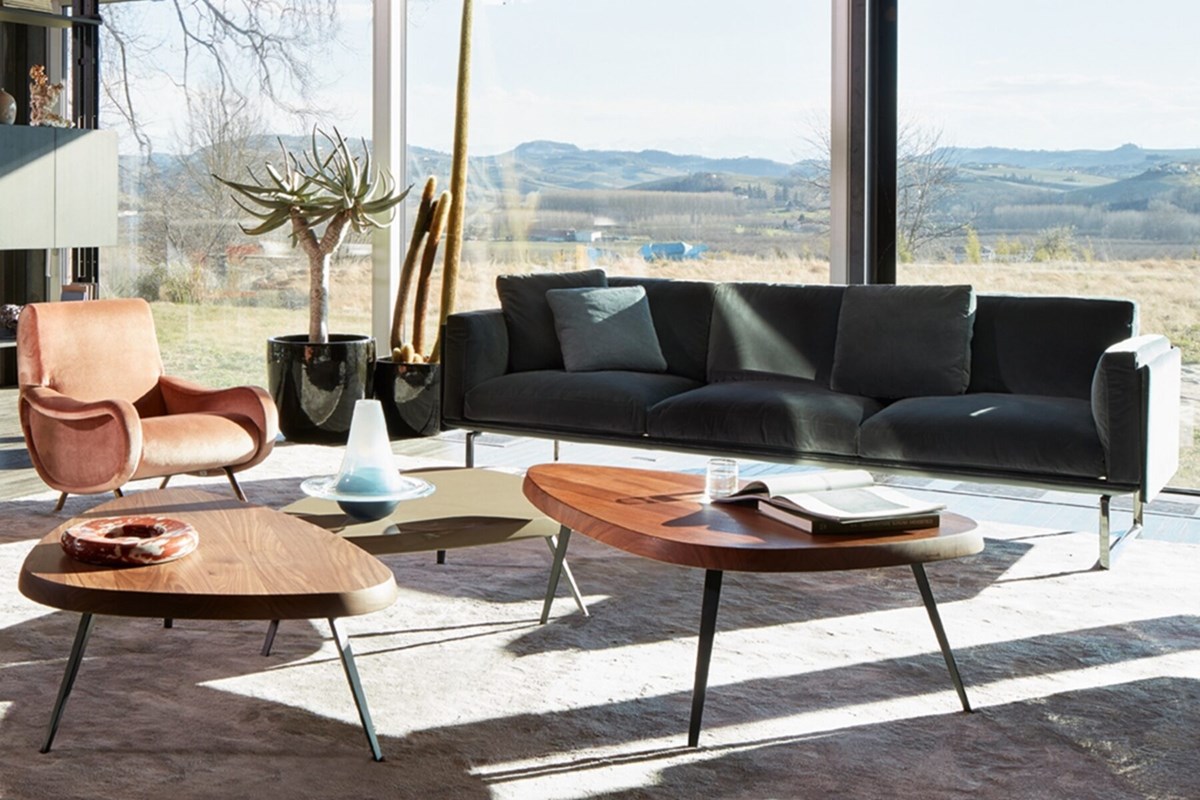
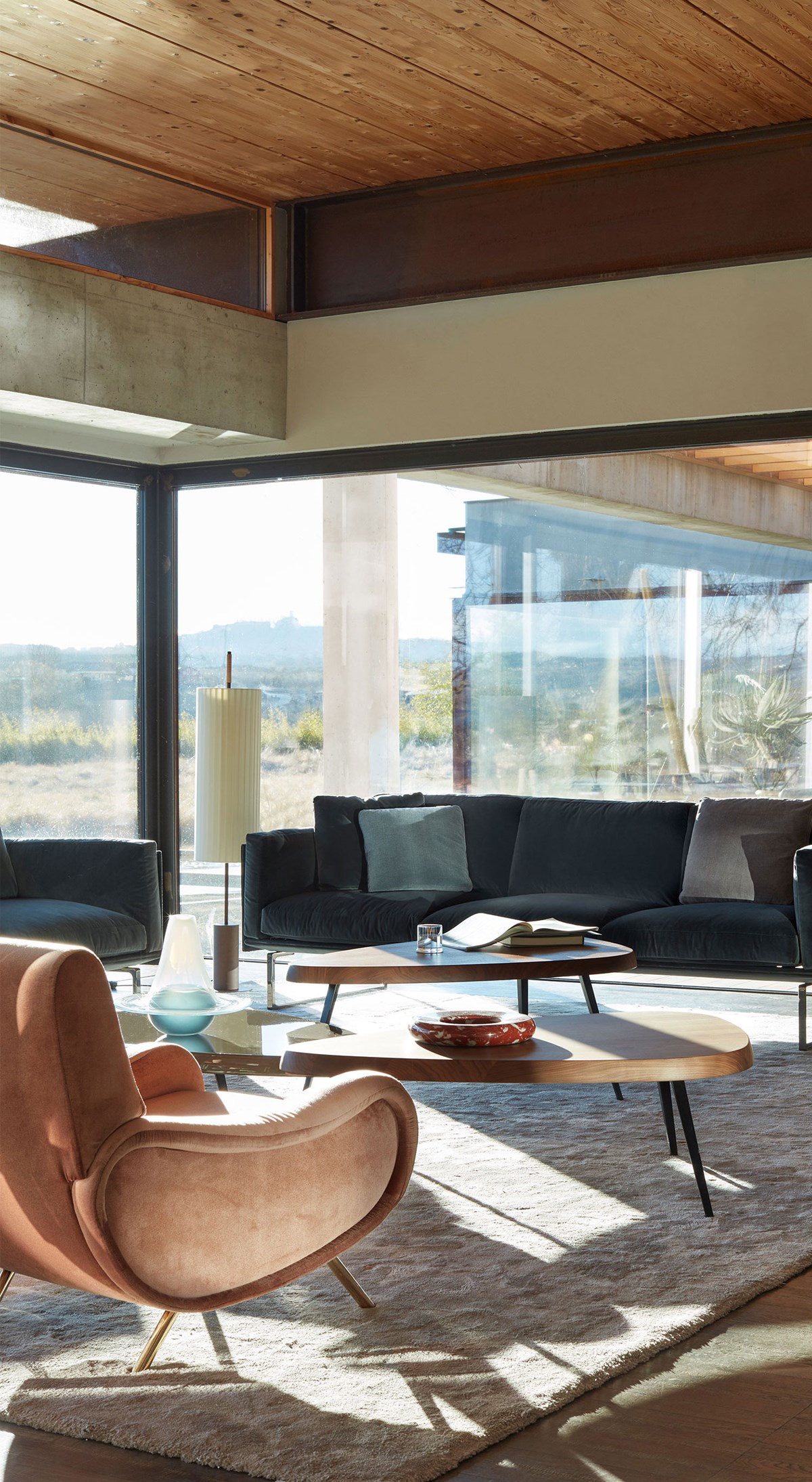
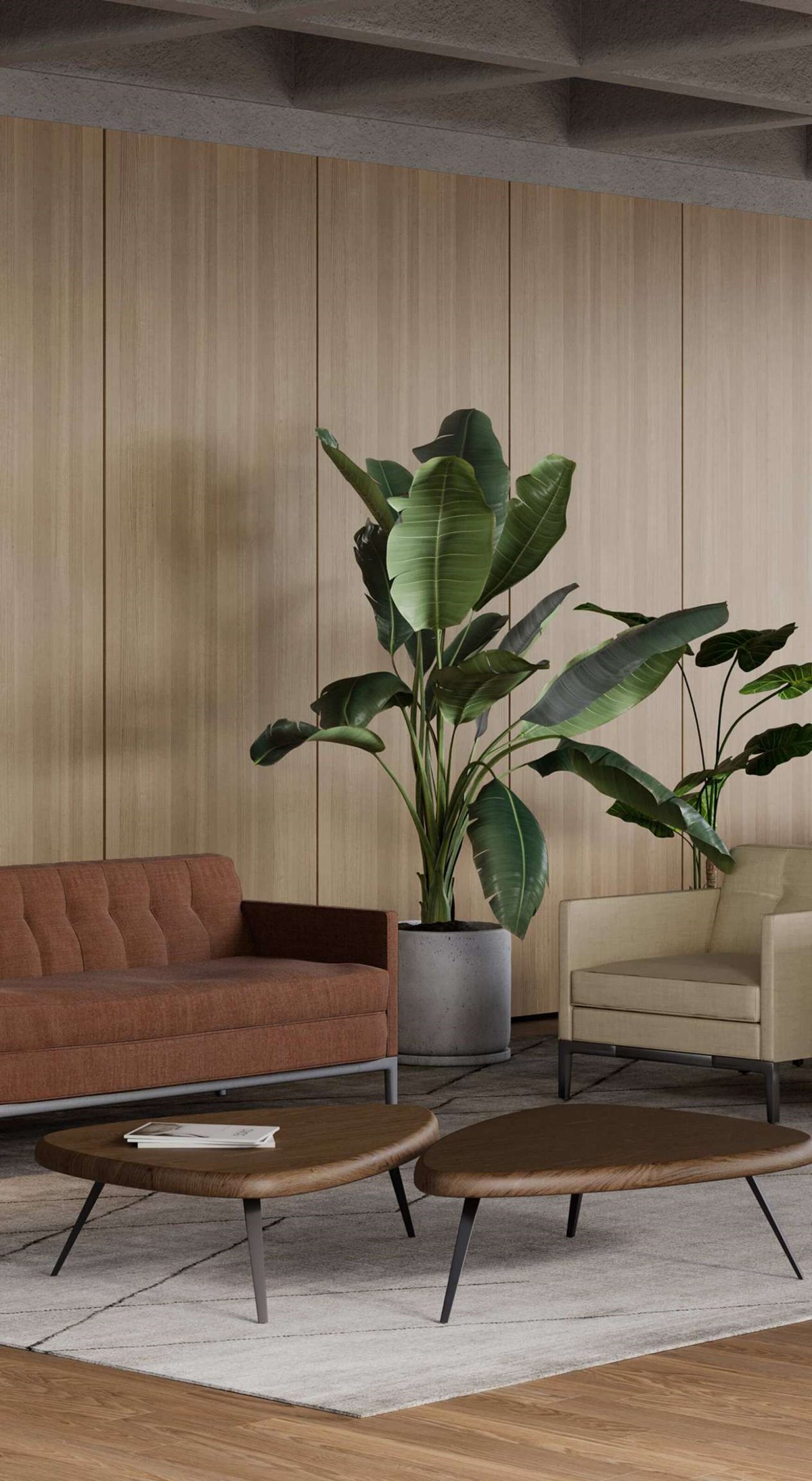
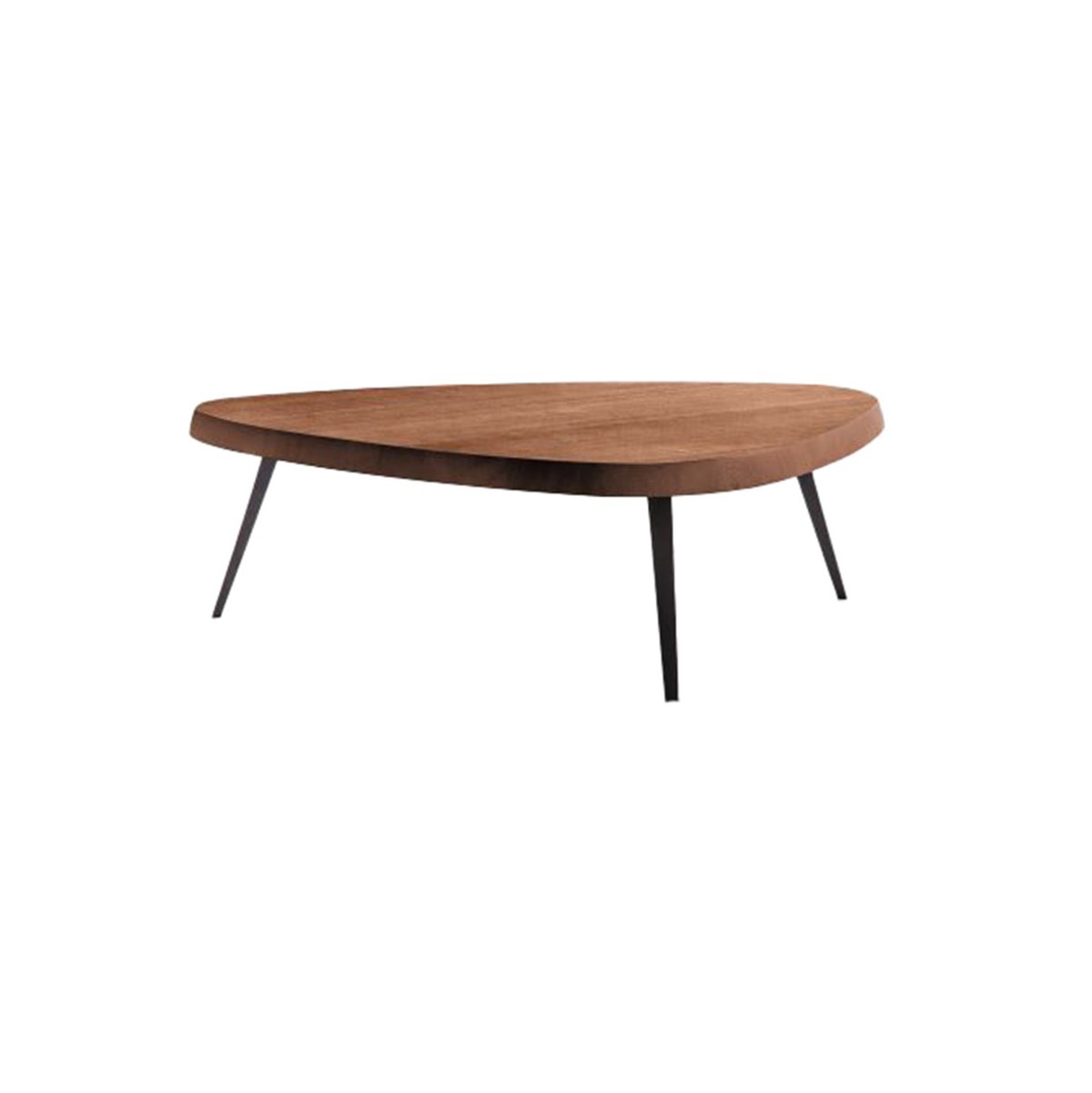
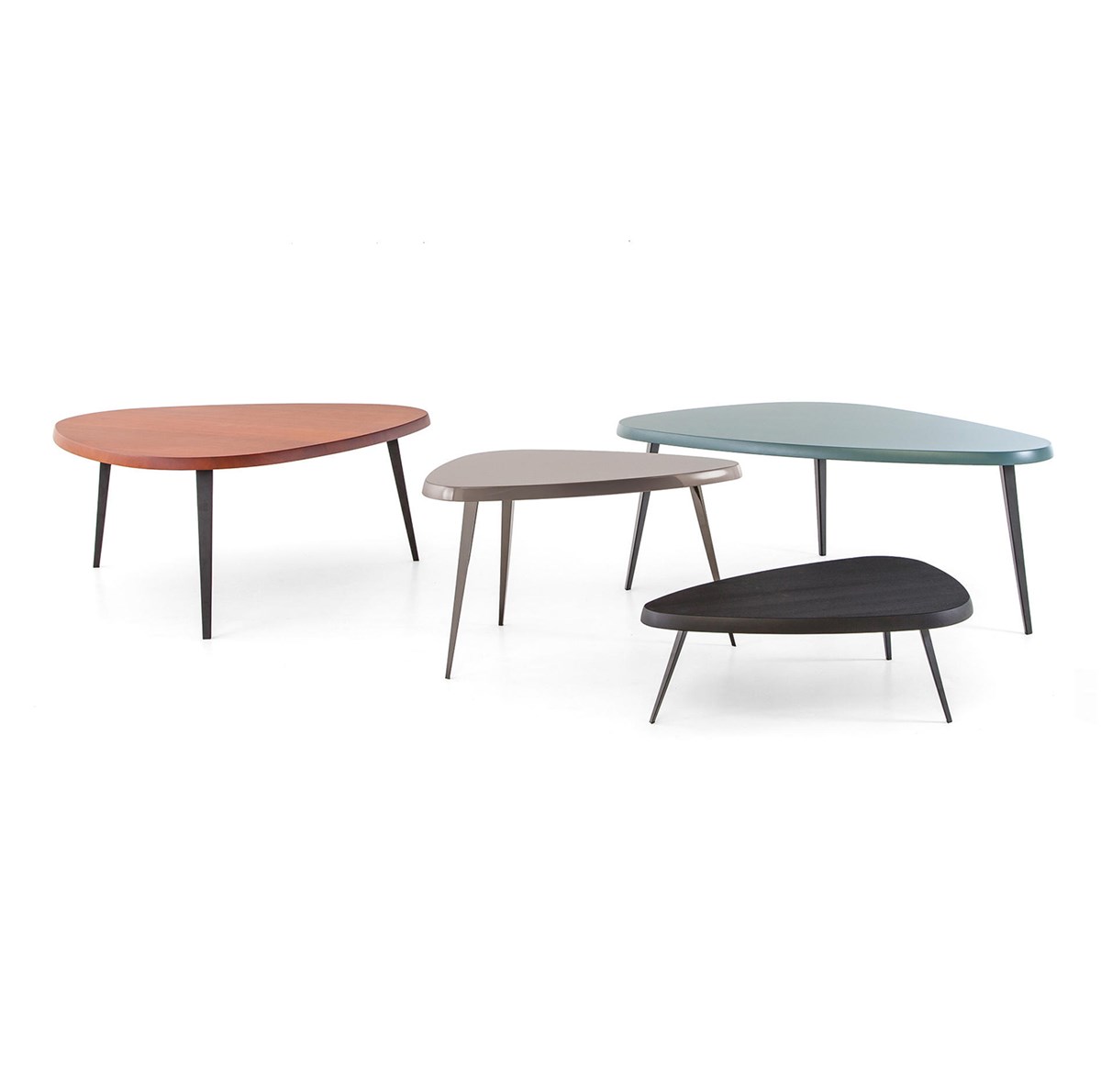
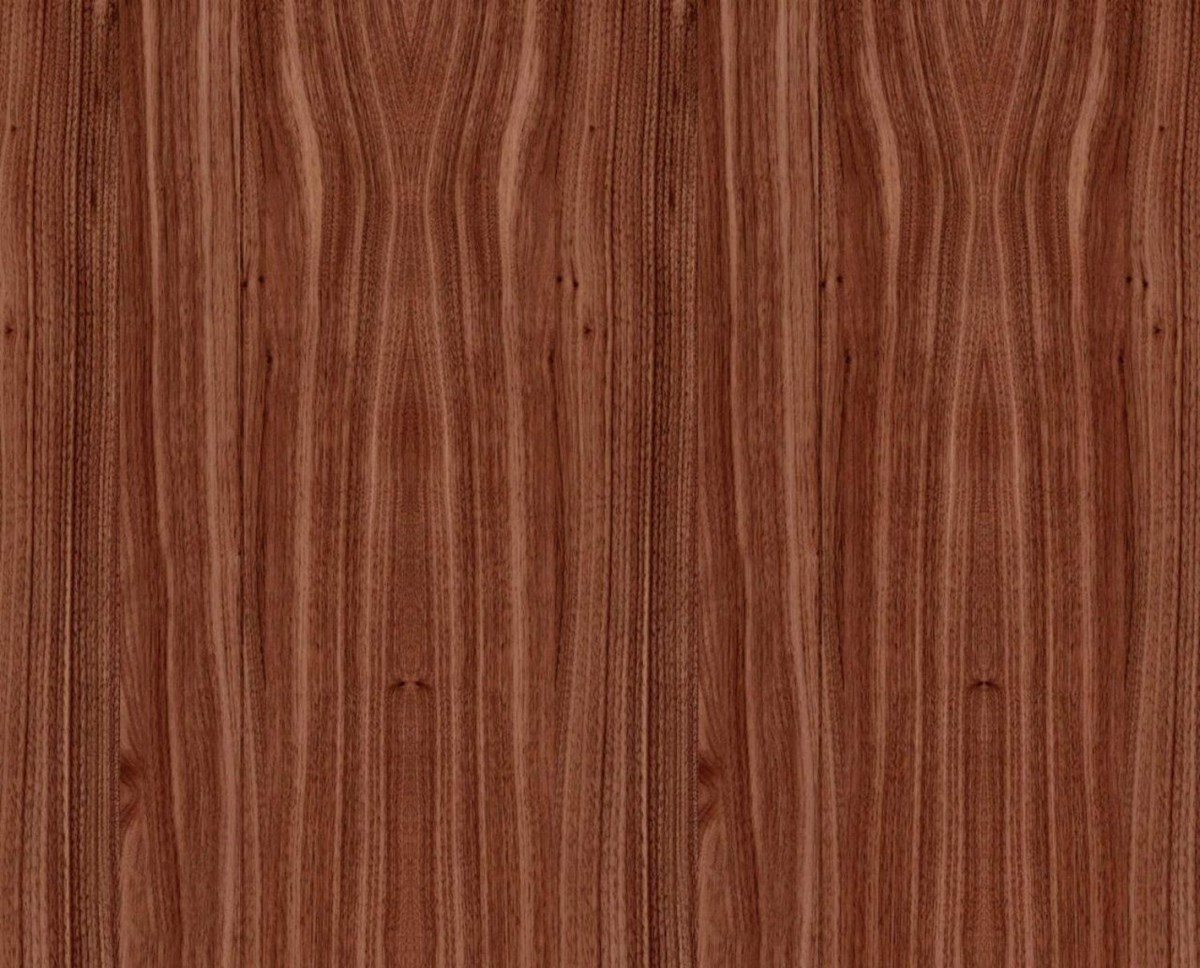
Canaletto Walnut
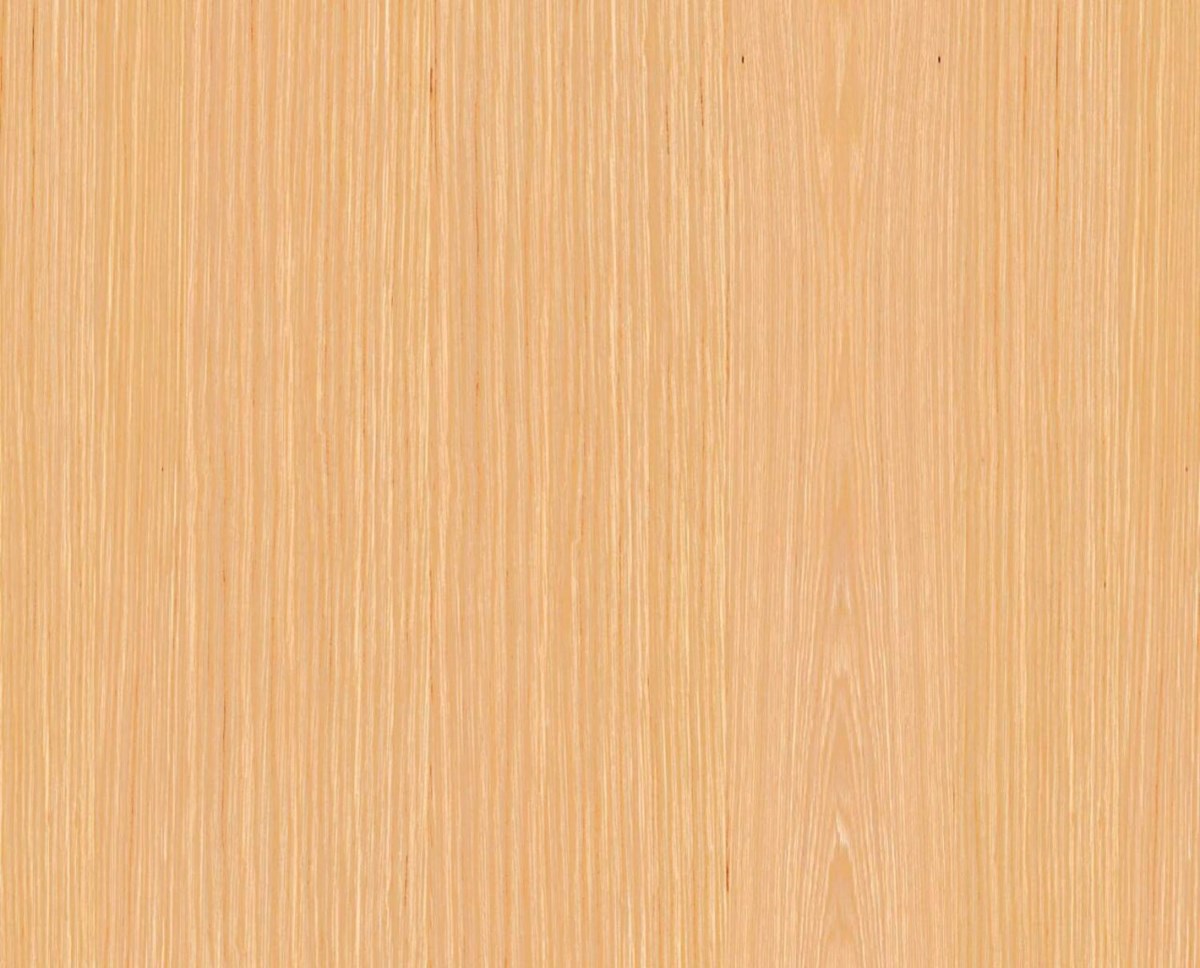
Natural Oak

Black Stained Oak
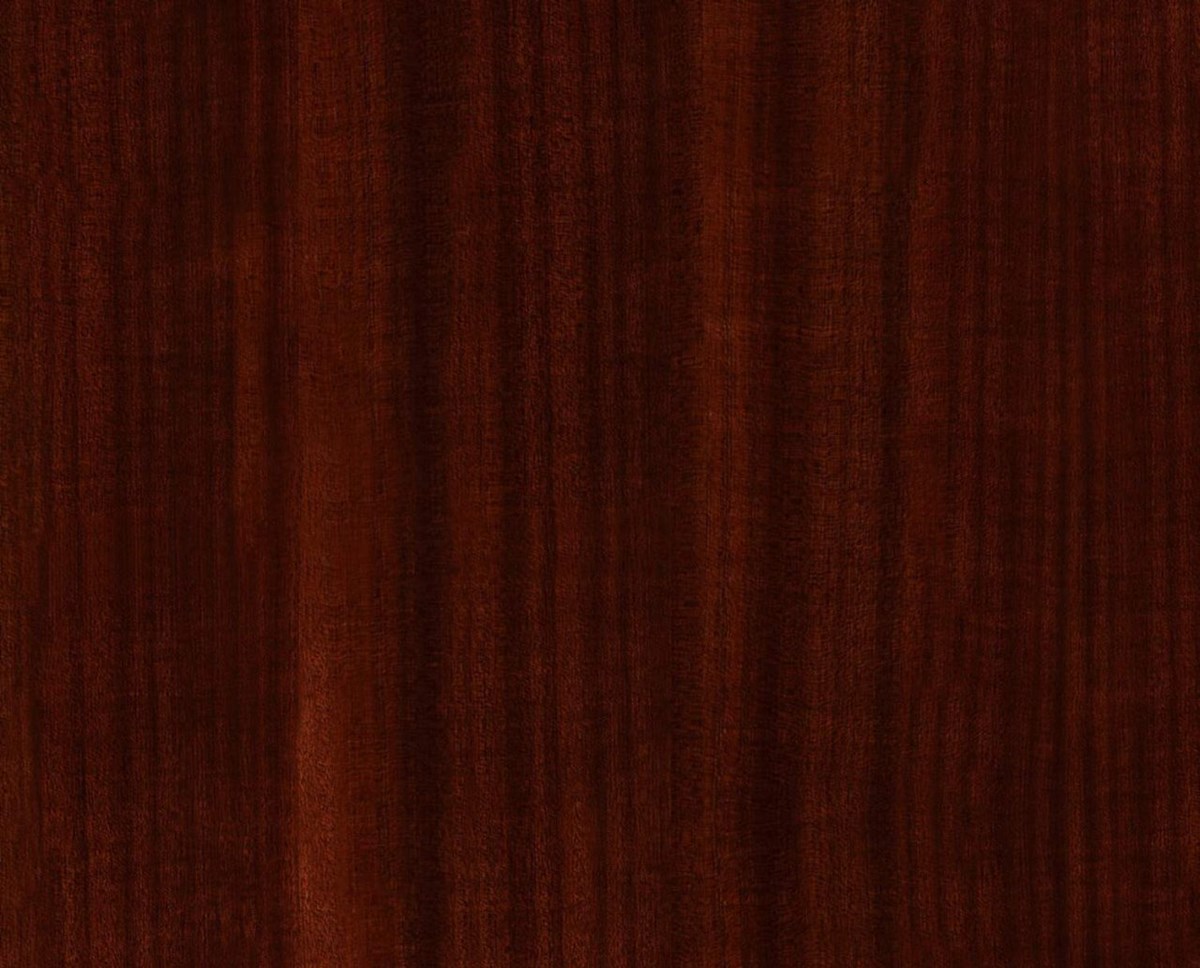
Mahogany

Matt Comfort

Matt Marron Glace

Matt Sage Green

Matt China Red

Matt Amaranth Red

Matt Night Blue

Matt Black

Matt Petroleum

Glossy Sage Green

Glossy China Red

Glossy Amaranth Red

Glossy Night Blue

Glossy Black

Glossy Petroleum

Glossy Comfort

Glossy Marron Glace
The respective Mexique table is included as one of the tables en forme libre created between 1938 and 1939, the final design was developed in 1952 for the students’ rooms of the Maison du Mexique at the Cité Universitaire Internationale in Paris. With a frame designed to be as compact as possible, the tables could be juxtaposed to create larger, symmetrical units. In 1952, the wooden legs were replaced by triangular-section bent metal. In 1956, the low-level version was created for the Galerie Steph Simon in Paris. The generous depth of the wooden table-top, available in solid wood, as well as with a gloss or matte finish, resonates with rare beauty. Meanwhile, form follows function in the edges form, reflecting the size of the human hand. In 2018, two new dining table variants of the Mexique are being launched, designed to accommodate between five and six guests. In addition, a number of new finishes enhance further the potential for these tables to work together and serve new purposes.
High and low table. Legs in matte black finish metal, feet in plastic material. Triangular shaped tops with rounded edges, in solid natural American walnut or natural oak.
Wood is a natural material, subject to change caused by external factors such as sunlight, temperature, humidity, daily use. These changes are not to be considered as faults but peculiarities of the material, emphasizing its natural beauty.
The respective Mexique table is included as one of the tables en forme libre created between 1938 and 1939, the final design was developed in 1952 for the students’ rooms of the Maison du Mexique at the Cité Universitaire Internationale in Paris. With a frame designed to be as compact as possible, the tables could be juxtaposed to create larger, symmetrical units. In 1952, the wooden legs were replaced by triangular-section bent metal. In 1956, the low-level version was created for the Galerie Steph Simon in Paris. The generous depth of the wooden table-top, available in solid wood, as well as with a gloss or matte finish, resonates with rare beauty. Meanwhile, form follows function in the edges form, reflecting the size of the human hand. In 2018, two new dining table variants of the Mexique are being launched, designed to accommodate between five and six guests. In addition, a number of new finishes enhance further the potential for these tables to work together and serve new purposes.
High and low table. Legs in matte black finish metal, feet in plastic material. Triangular shaped tops with rounded edges, in solid natural American walnut or natural oak.
Wood is a natural material, subject to change caused by external factors such as sunlight, temperature, humidity, daily use. These changes are not to be considered as faults but peculiarities of the material, emphasizing its natural beauty.
